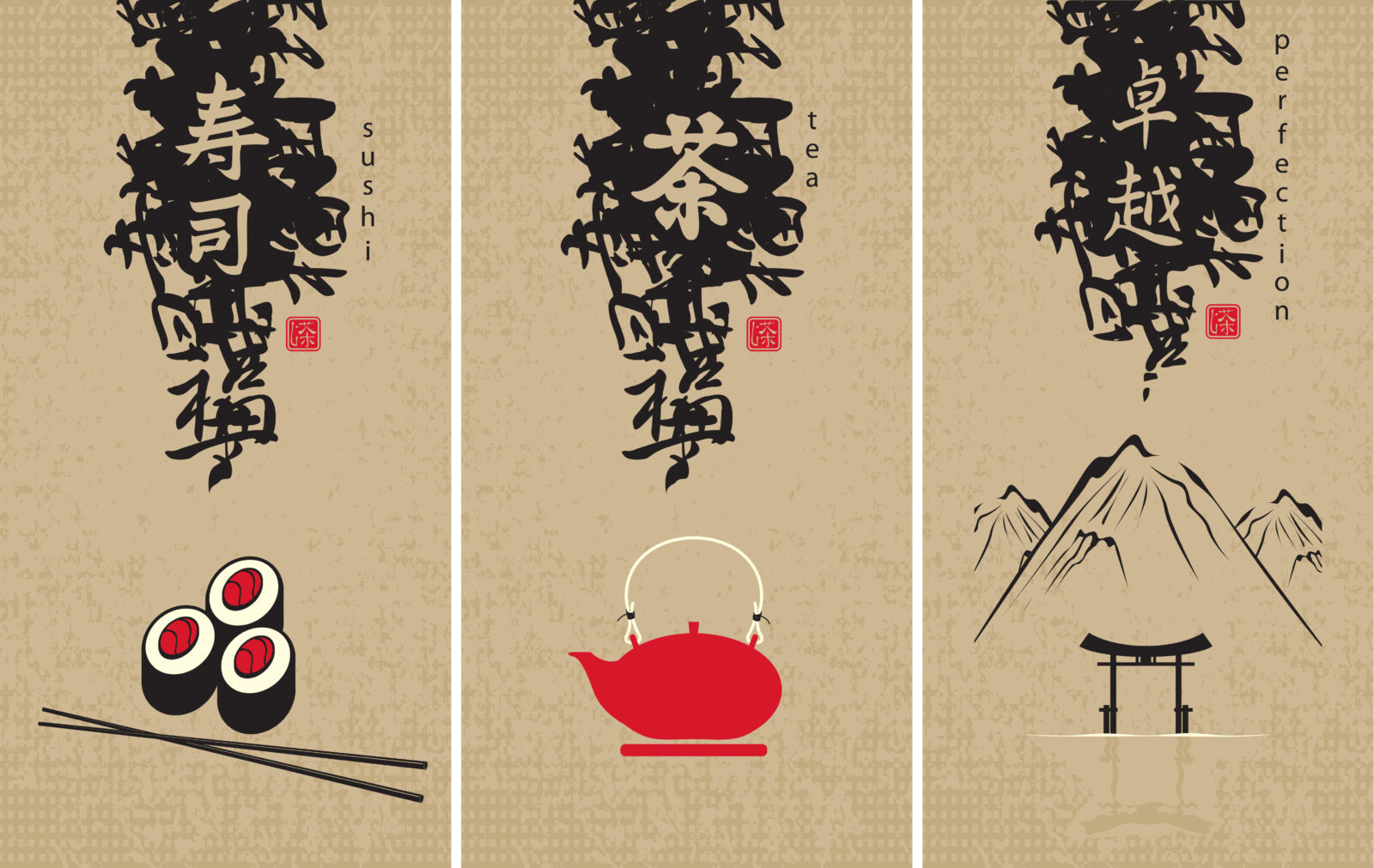People in China first discovered tea as a wild plant more than 4,000 years ago. They used the leaves, at first, as medicinal herbs, before discovering the sublime pleasures of steeping the leaves and drinking the brew. Thousands of years later, people from neighboring countries began visiting China, and trying the beverage. They brought a passion for tea back to their native countries, where tea sipping rooted, first in Japan and much later in India.
Unique tea cultures with traditions and styles distinct from China evolved in India and Japan. In India, tea is normally black, shot through with herbs and spices, and suffused with cream and sweeteners — chai. In Japan, green tea rules, and how it’s grown, manufactured and prepared is novel. For example, elaborate tea ceremonies involving powdered green tea — matcha — emerged in Japan during the 12th century, and remain a cultural touchstone for the island nation.
Among the prominent Asian tea cultures, China and Japan are the most similar. But they still stand apart from each other.
Hallmarks of Japanese Tea
One significant difference between Japanese and Chinese tea is Japan’s comparatively tidy range of tea styles. Where China produces a wide variety of green, white, oolong, black and pu-erh tea, Japan mostly — but not exclusively — sticks with green tea. Also, many Japanese teas broadcast aromas and flavors that revolve around things like cut grass and herbs. This results, in part, from the growing and production methods. Some Japanese green teas get draped in shade for the last month or so of growing, a process that boosts chlorophyll levels and contributes toward flavor. Many, too, have their oxidation arrested through steam, rather than the Chinese method of roasting. This also influences the qualities of Japanese green tea.
Japanese tea is distinct; to many regular drinkers of Chinese or Indian tea, one sip or even one inhalation of the hot beverage’s perfume is enough for the tea imbiber to know the tea comes from Japan.
Let’s explore some of our favorite Japanese teas, touching on the five most prominent styles: matcha, bancha, genmaicha, sencha and hojicha.
Japanese Tea: Matcha
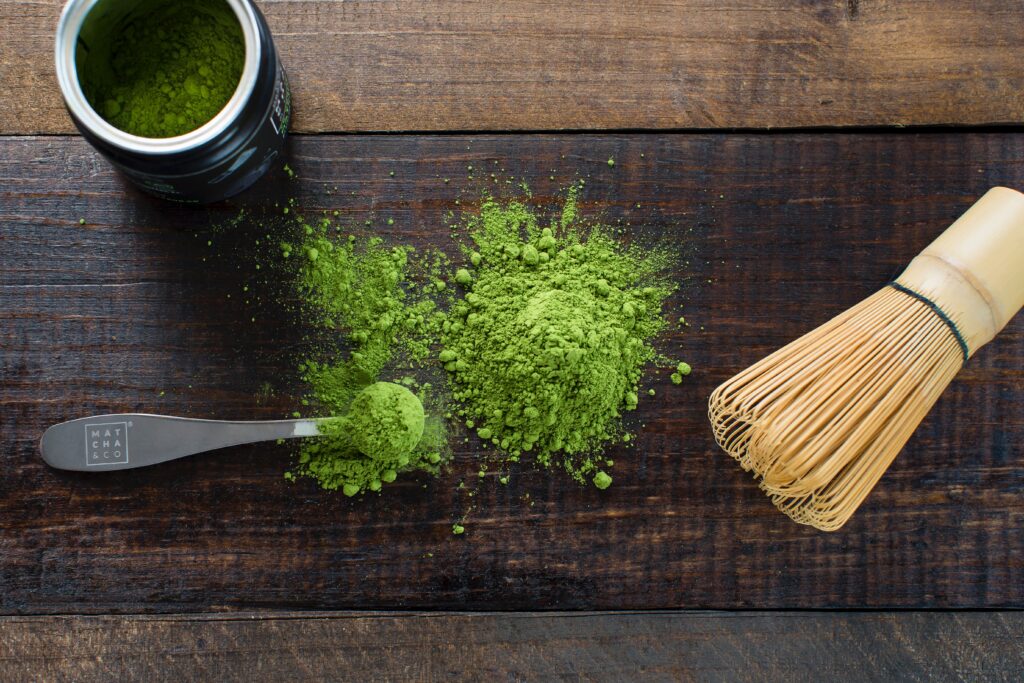
Of all of the styles of Camellia sinensis that farmers and artisans grow and prepare, matcha may be the most unusual. It’s powdered, brilliant green, slightly sweet and used for many preparations outside of tea: lattes, cupcakes, mochi, ice cream, sodas, candies and much more.
The unique flavor profile is partially due to the pre-harvest shading protocol, a practice that tea artisans have performed since the 16th century. In addition to boosting chlorophyll — and thus augmenting the grassy, herbal flavors — the approach diminishes bitter tannins. With fewer tannins, the tea presents as more sweet than other styles. The process also yields more caffeine.
Also, where with most other whole-leaf or bagged teas people do not consume the leaves themselves, with matcha the ground tea is suspended in liquid, and consumed. To make this happen, people pour hot water over matcha in a bowl, and use bamboo whisks to incorporate the powdered tea with the water.
This consumption of the entire leaf, rather than just drinking the compounds expressed from the leaves through brewing, leads to greater health benefits. Matcha has higher concentrations of antioxidants, minerals and vitamins.
Japanese Tea: Sencha
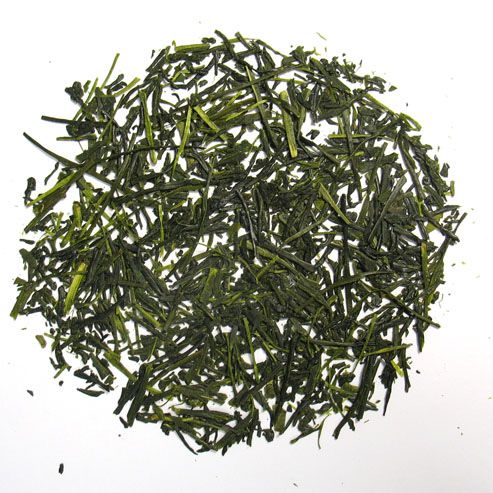
In the United States and around the world, matcha gets most of the attention. But it’s sencha that most Japanese people drink every day. Sencha is the most popular tea in Japan, representing about 80 percent of the tea produced by the country.
One of the keys to sencha is its harvest season: early spring yields the most prized leaves. Second harvests are used for bancha (see below). Unlike matcha, sencha does not require pre-harvest shading, although many sencha tea leaves do see some shade prior to being plucked. Either way, senchas are not shaded for as long as matchas.
If you have ever dined at a Japanese restaurant, chances are you have sipped sencha. It offers vegetal notes; some even pick up flavors of seaweed (in a good way!) with sencha.
Our organic sencha is made from tea leaves that are plucked in the early spring in Shizuoka, Japan. They then are steamed and lightly rolled, producing refreshing, subtle, sweet tastes and an almost buttery finish.
Japanese Tea: Bancha
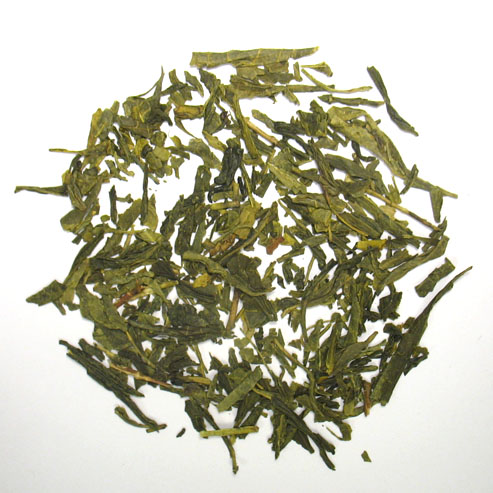
Tea shrubs destined to produce sencha tea often produce bancha, too. Leaves harvested in spring, during the first harvest, become sencha. Subsequent harvests later in the growing season are bancha.
This is one of Japan’s most affordable teas, and is widely consumed across the country. It is essentially a lower-grade sencha, but that doesn’t mean it tastes inferior. In fact, bancha is exceptionally pleasing. Also, tea artisans in Japan apply a diversity of treatments to bancha; styles can be roasted, unroasted, smoked, aged and even fermented.
Our bancha is classic: mild, grassy and a superb accompaniment to many meals. It’s also wonderful for a quick afternoon pick-me-up; we love a mid-day cup on cold days.
Japanese Tea: Genmaicha
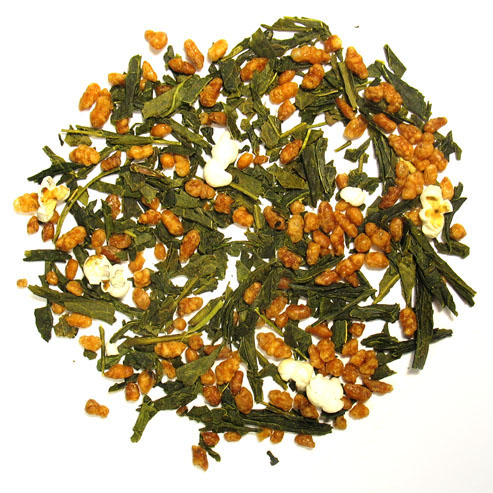
Matcha stands out for being powdered, and for its novel flavor. Genmaicha also offers unique flavors, but that’s a result of a key ingredient in the tea: roasted brown rice. In fact, genmaicha is sometimes called, simply, “brown rice tea.”
The addition of the rice means the amount of tea used per serving is slightly less than normal. With smaller volumes of tea, genmaicha is affordable. The combination of rice and tea also produces less caffeine than straight tea leaves. Many find the balance of caffeine in genmaicha is perfect for balanced focus.
Our genmaicha yields a smooth, roasted flavor, with a creamy texture. For both rice and tea lovers, genmaicha is a must.
Japanese Tea: Hojicha
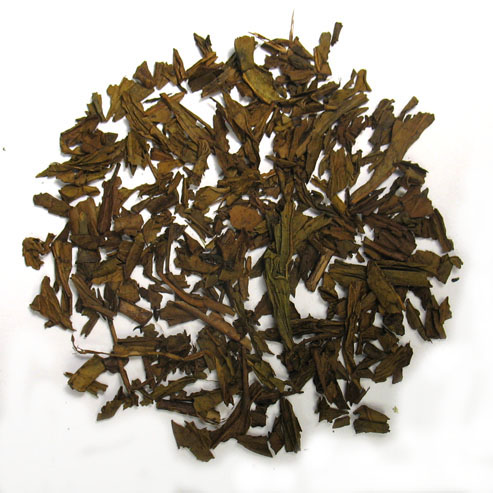
For big fans of Chinese green tea, Hojicha serves as an excellent bridge to the wonders of Japanese tea. Unlike most Japanese teas, which are never roasted, Hojicha tea leaves are roasted in porcelain pots over charcoal. The process yields teas that are especially distinct among the Japanese pantheon of mostly non-roasted teas.
Like sencha, it is widely served in Japanese restaurants; we find it is an excellent accompaniment to both sushi and tempura. Our sencha has a rich taste and unforgettable aroma.

